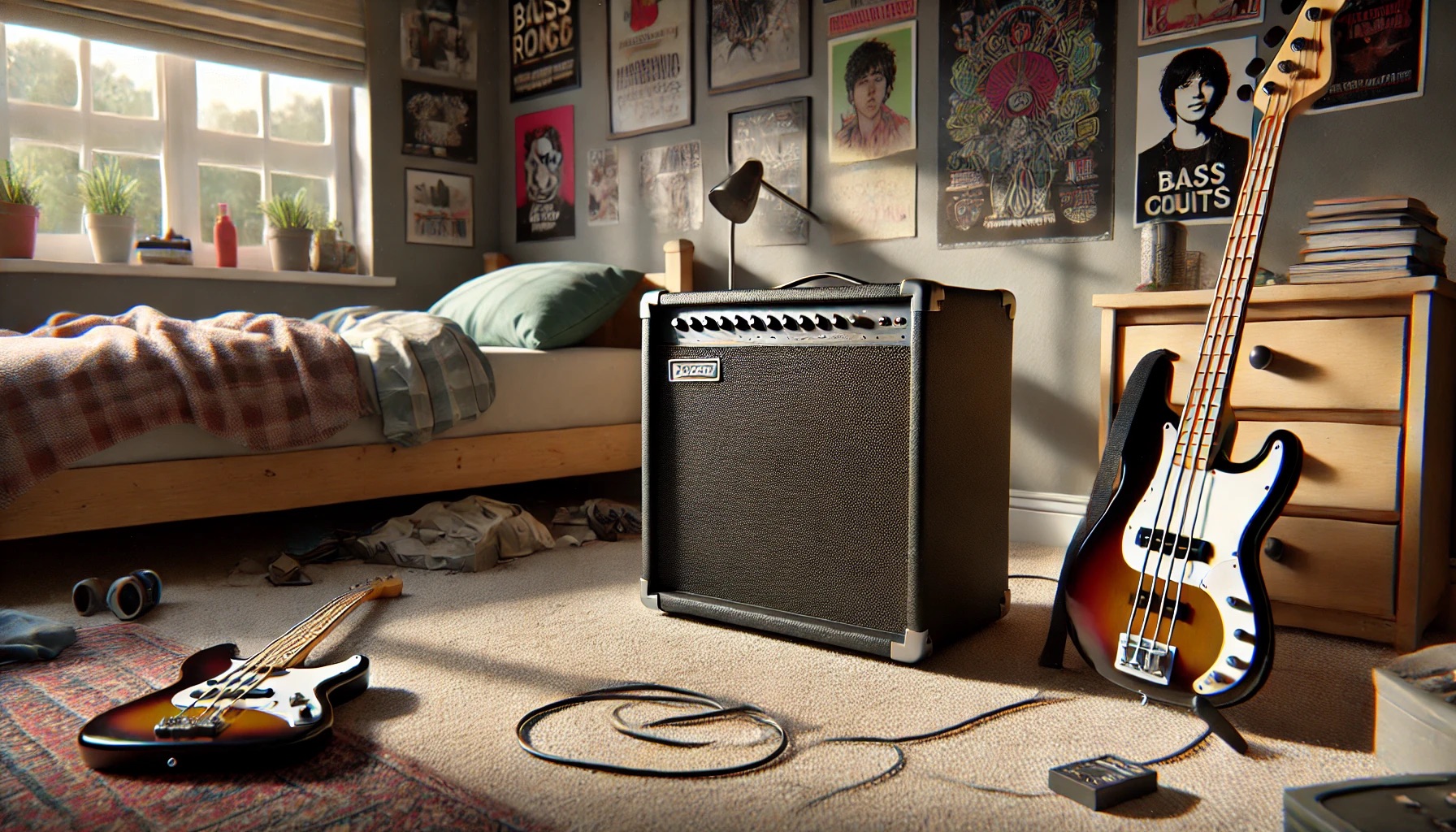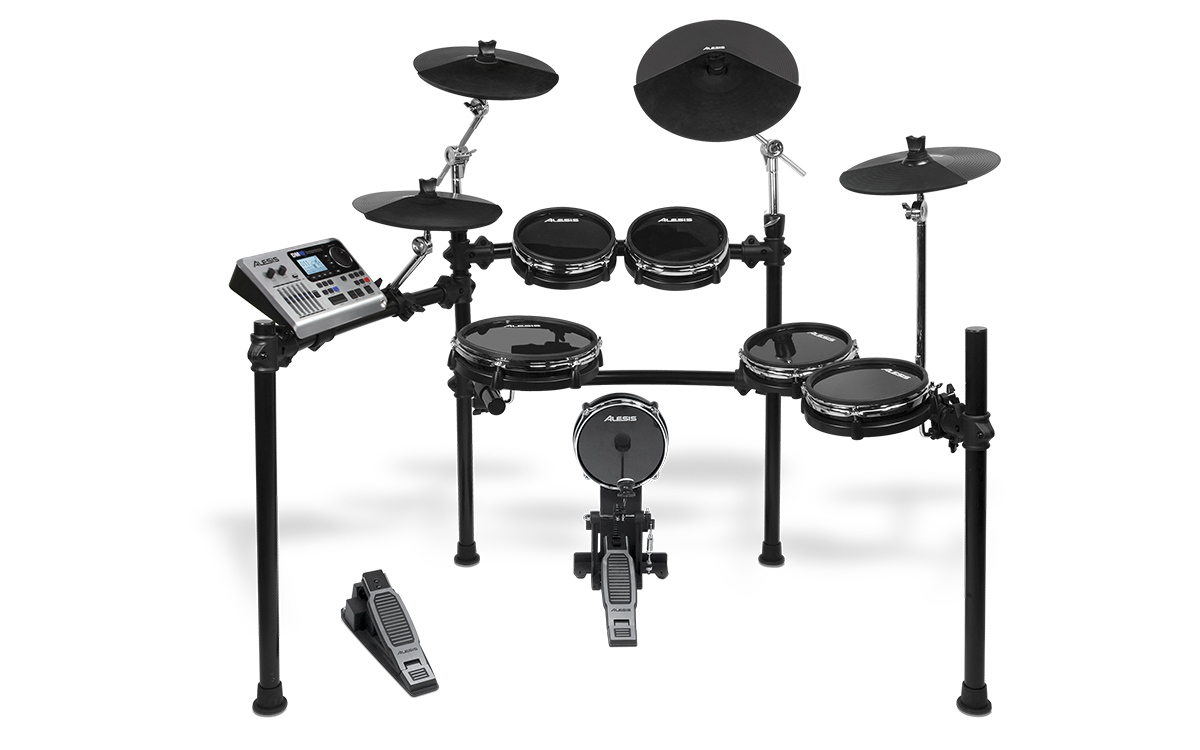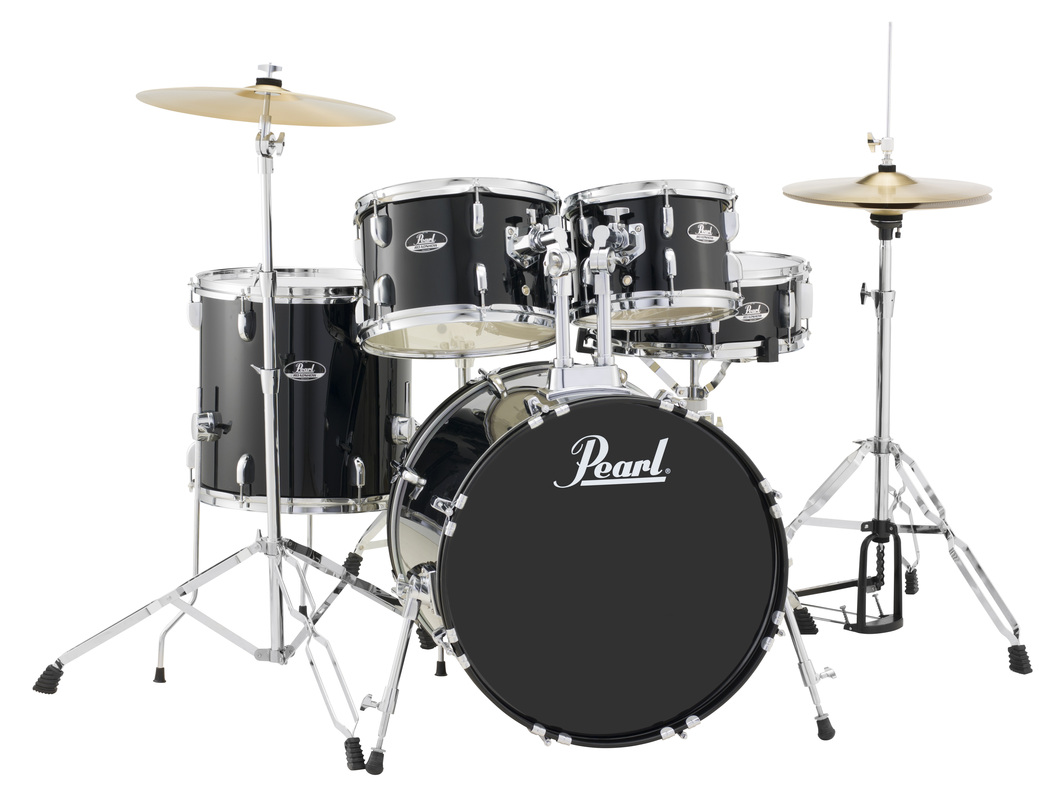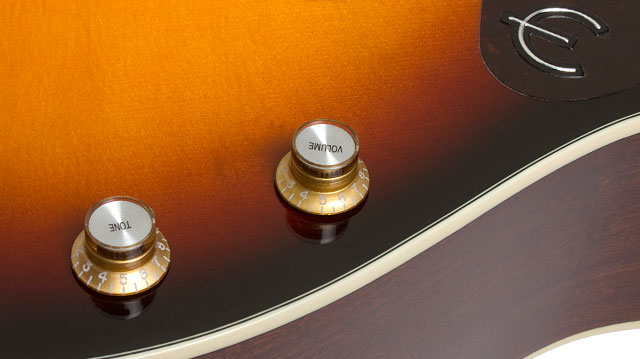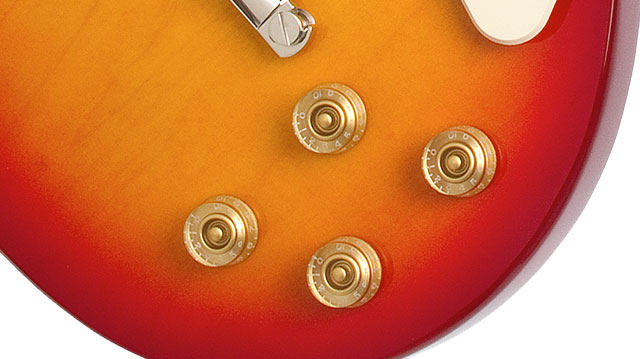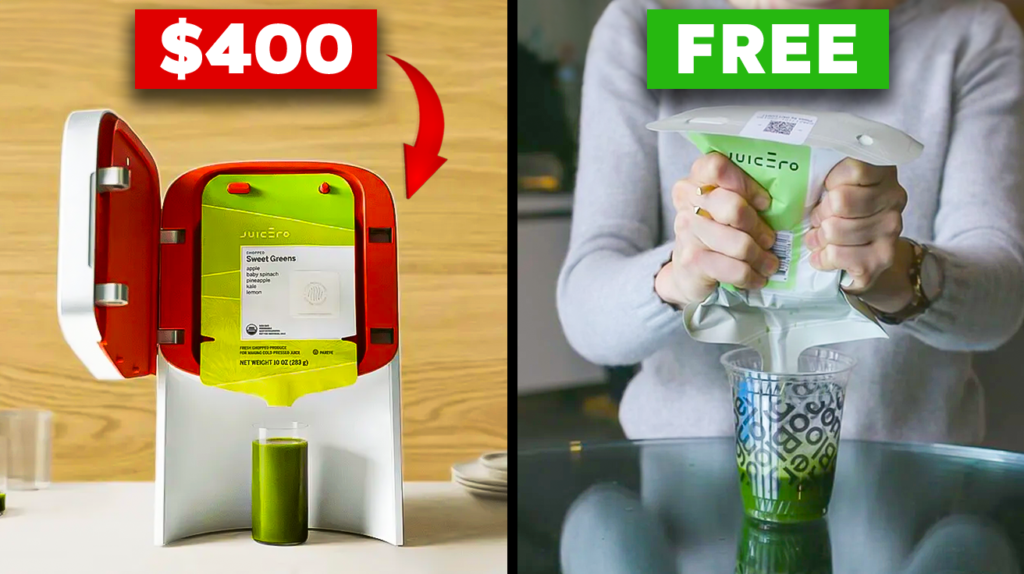
Products fail when they solve problems nobody has. Take Nintendo’s Virtual Boy, which caused headaches while promising revolutionary 3D gaming. Despite a strong brand name, the bulky device disappeared from shelves within a year. Countless companies follow this pattern, wasting millions on solutions to imaginary problems.
Learning from these expensive mistakes reveals what successful innovation truly demands.
15. Nintendo Virtual Boy: Pioneering VR Failure
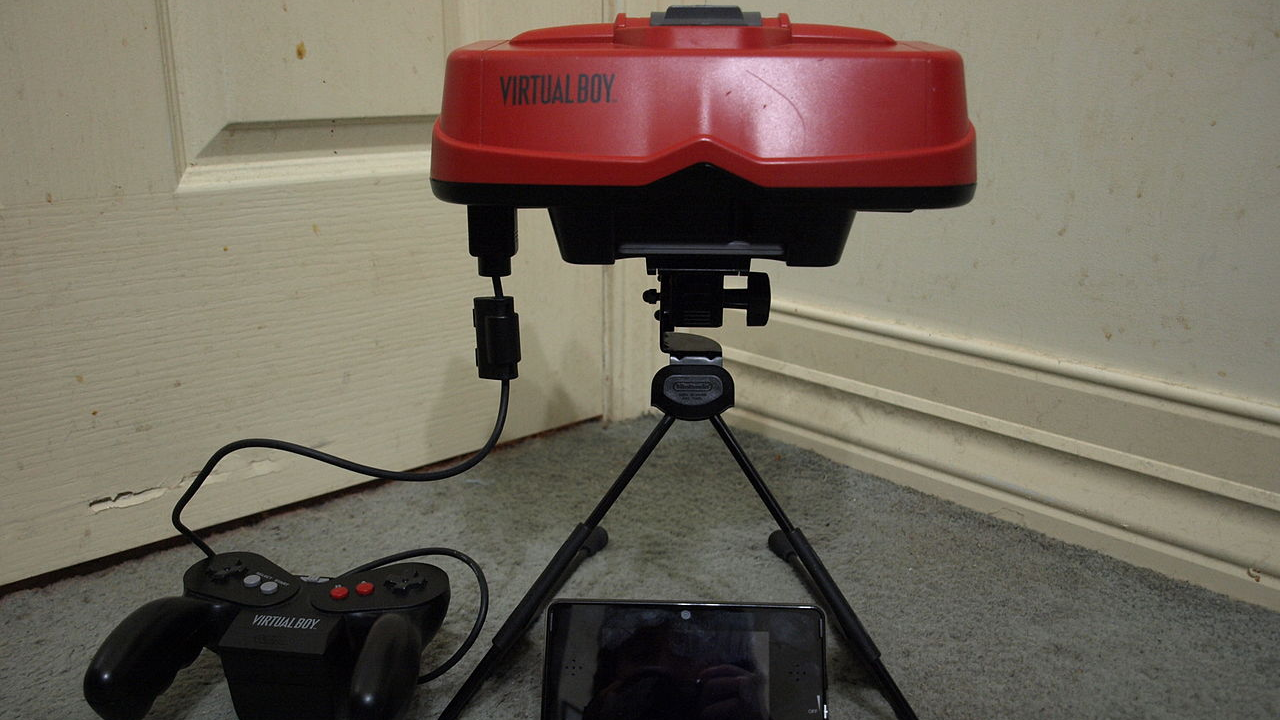
Gaming innovation sometimes moves faster than technology can support, as demonstrated by Nintendo’s 1995 Virtual Boy console. This early virtual reality system promised 3D gaming through a tabletop headset that displayed monochromatic red graphics against a black background. Despite Nintendo’s strong brand reputation, the system suffered from serious limitations. The awkward playing position required users to hunch over a stationary device, causing neck strain during even brief play sessions. Health warnings advised limiting play to 15-minute intervals to prevent eyestrain, headaches, and nausea. Software development lagged significantly, with only 22 games ever released for the platform before its discontinuation less than a year after launch. Next time you enjoy modern VR, remember that early adopters of this pioneering failure were rewarded with headaches, eye strain, and a limited game library—all while seeing the world exclusively in red and black. The console attempted to solve gaming’s dimensional limitations two decades before the supporting technology was ready, creating a painful lesson in technological overreach.
14. Keurig Kold: The Chilled Beverage Experiment
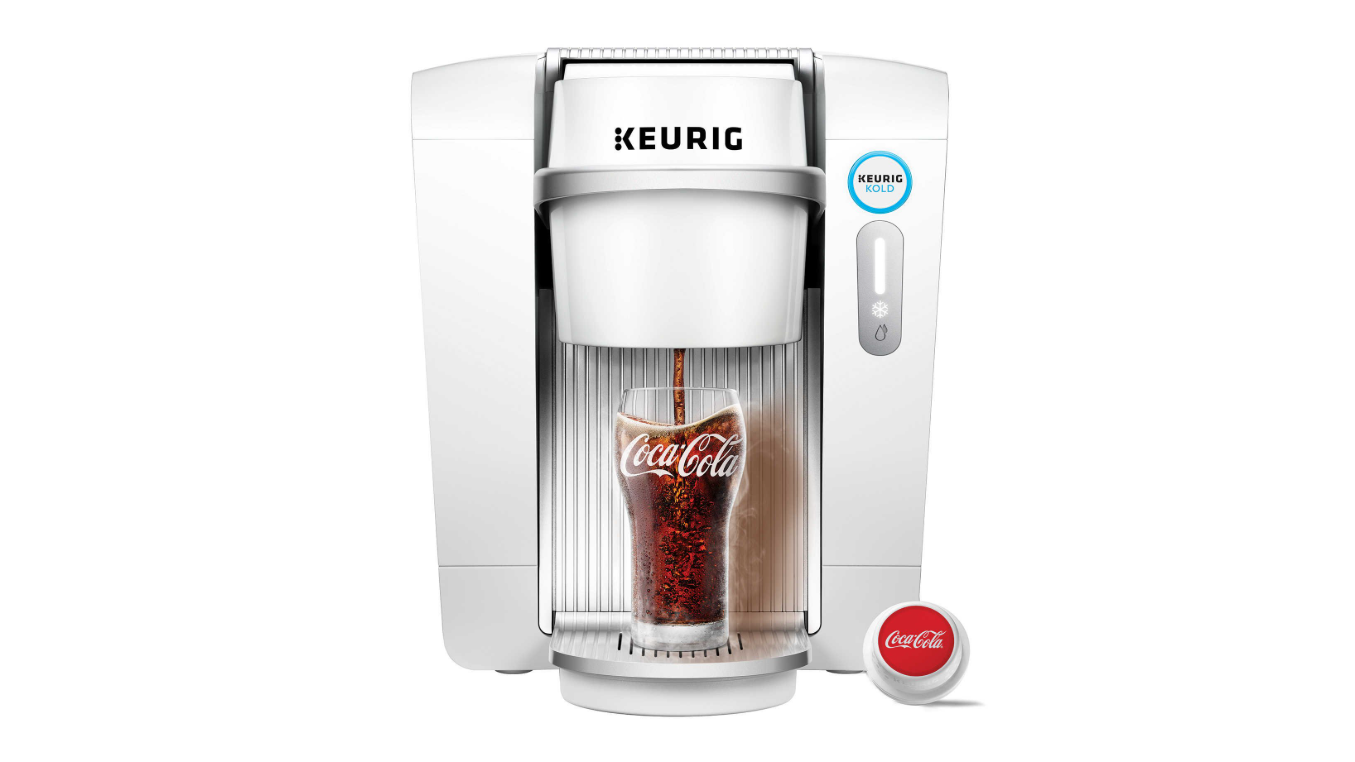
Beverage giants occasionally misjudge consumer needs, as evidenced by the 2016 Keurig Kold system. This countertop appliance attempted to translate Keurig’s coffee pod success to cold beverages like sodas and sparkling water. The bulky machine required substantial counter space while producing single 8-ounce beverages that took over 90 seconds to chill—without using ice. Priced at $369.99 for the base unit with pods costing $1.25 each, the system significantly exceeded the cost of simply purchasing canned or bottled beverages. The machine’s loud operational noise further diminished the user experience, drawing comparisons to small aircraft taking off in kitchens across America. If you’ve ever wondered how to make getting a cold drink more expensive, time-consuming, and aurally disruptive than opening the refrigerator, the Kold provided that unlikely solution. This product attempted to solve the non-problem of insufficient beverage options while creating genuine issues of cost, convenience, and kitchen real estate.
13. Juicero: The $400 Mechanical Juice Squeezer
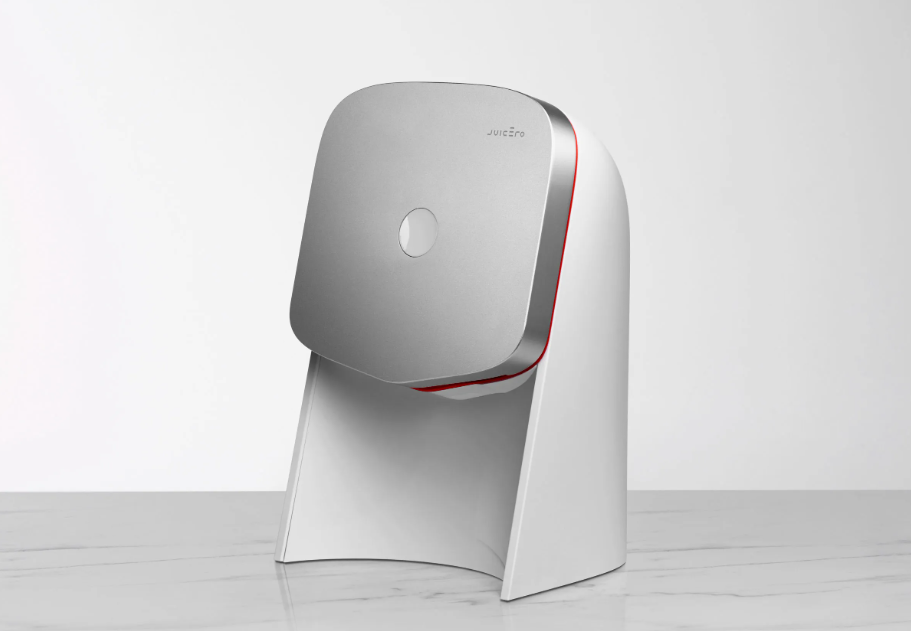
Silicon Valley innovation occasionally produces spectacular failures, as demonstrated by the 2016 Juicero juicing system. This large countertop appliance promised to revolutionize juice consumption through proprietary produce packets and internet connectivity. The sleek, minimalist design housed a complex pressing mechanism engineered to exert 4 tons of force on specially designed produce packets. Investors poured $120 million into the venture before Bloomberg journalists discovered a critical flaw: hand-squeezing the packets produced identical results to the expensive machine. The company initially defended its product by emphasizing that the machine provided a superior experience through QR code scanning of packets to ensure freshness. You could almost hear the collective facepalm when consumers realized they had paid hundreds of dollars for a machine that performed a task most people could accomplish with their bare hands. The Juicero saga remains a perfect case study in solving a non-existent problem with unnecessarily complex, internet-connected technology.
12. LCD Screen Headphones: Visual Audio Experiment
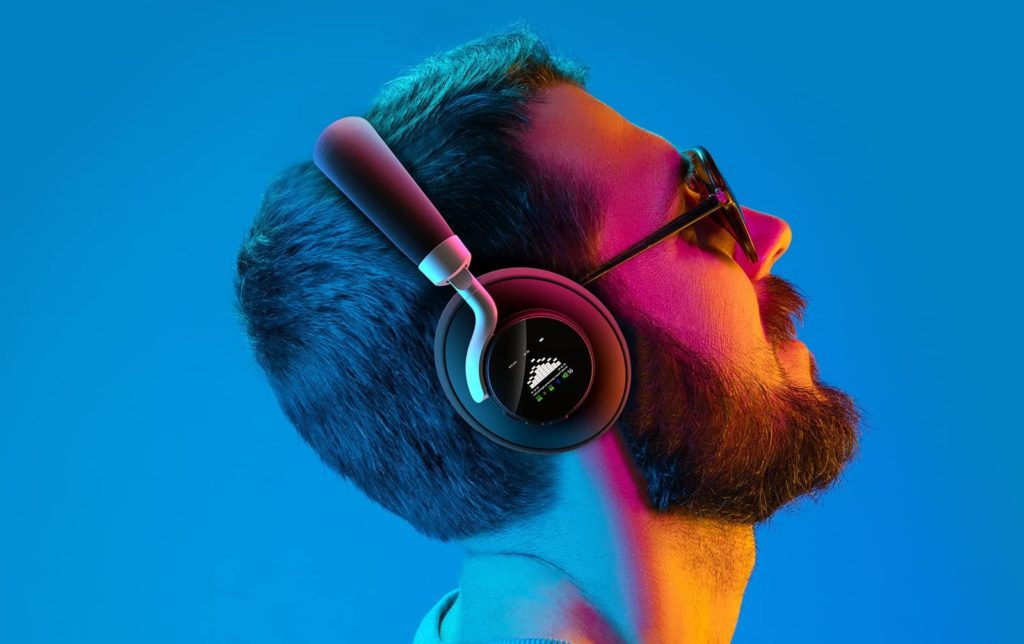
The NUKied LCD Screen Smart Headphones emerged as an attempt to merge visual expression with audio technology. These headphones featured static image displays on their earcups, allowing wearers to showcase their personality while listening to music. Despite the visual novelty, the screens lacked touch sensitivity, limiting their functionality. Sound quality, the primary purpose of headphones, received little attention in the design process. The non-interactive screens meant users couldn’t adjust settings or navigate content through the visual interface. If you’ve ever wondered why these didn’t catch on, the answer is simple: they solved a non-existent problem while ignoring the fundamental need for quality sound reproduction.
11. Tater Mitts: The Quick Potato Peeling Gloves
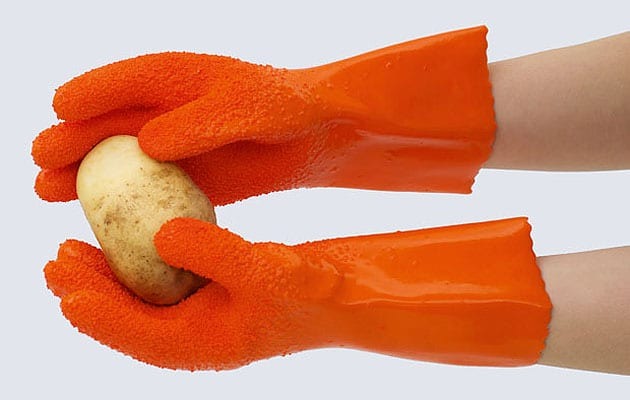
Kitchen innovation sometimes misses the mark, as evidenced by Tater Mitts Quick Potato Peeling Gloves. These textured gloves claimed to revolutionize potato preparation through an abrasive surface designed to remove skins. In practice, the mitts proved ineffective on raw potatoes and only marginally functional on boiled ones. A conventional vegetable peeler consistently outperformed this specialized tool in both efficiency and results. Using traditional peelers required 75% less effort compared to the awkward rubbing motion needed with the mitts. You might chuckle at the thought now, but many home cooks discovered that solving the simple problem of potato peeling created a messier, more complicated process than the one they started with.
10. Link Plug and Walk (Strapless Flip-Flops)
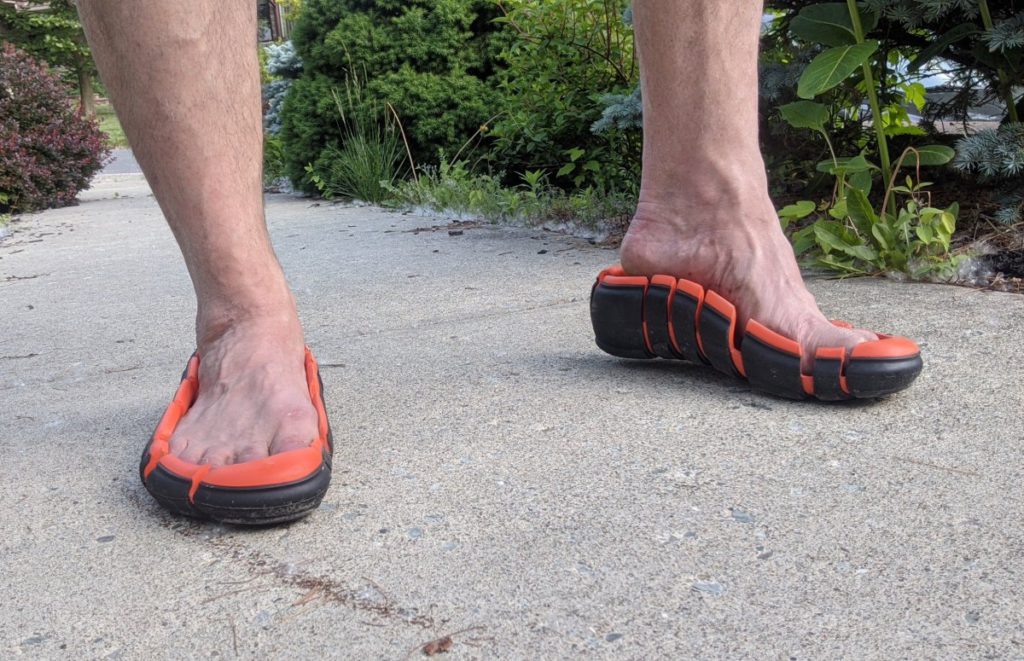
The footwear industry occasionally produces concepts that challenge fundamental design principles. Link Plug and Walk introduced the concept of strapless flip-flops, supposedly addressing discomfort from traditional straps. These unusual shoes featured bulky plugs designed to anchor to feet without conventional attachment methods. Most wearers reported difficulty keeping the shoes in place during normal walking. The average user experienced 6-8 detachments during a typical 30-minute walking period. Next time you complain about your flip-flop strap, remember that the alternative solution left users literally losing their footwear with every few steps taken.
09. 60 Pozole Automatic Bed Robot: : Misguided Cleaning Technology
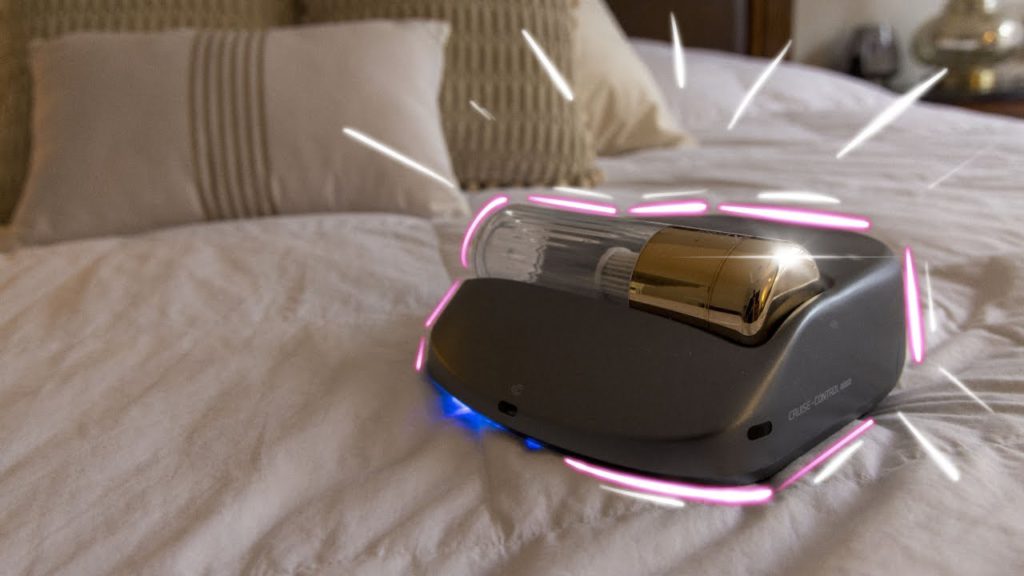
Hotel hygiene concerns spawned numerous travel products, including the misguided 60 Pozole Automatic Bed Robot. Marketed as a UV sanitizing device for travel, this small plastic device promised to navigate bed surfaces autonomously. Reality disappointed as the robot’s movement pattern proved erratic and ineffective. The UV exposure time was insufficient to provide meaningful sanitization based on scientific standards for ultraviolet germicidal irradiation. Numerous users reported the device becoming stuck against bed frames or falling completely off beds during operation. The quest to solve travel cleanliness concerns ultimately created a hockey puck-like device that cleaned nothing while providing only the illusion of hygiene.
08. Dog Slings: Questionable Pet Transportation
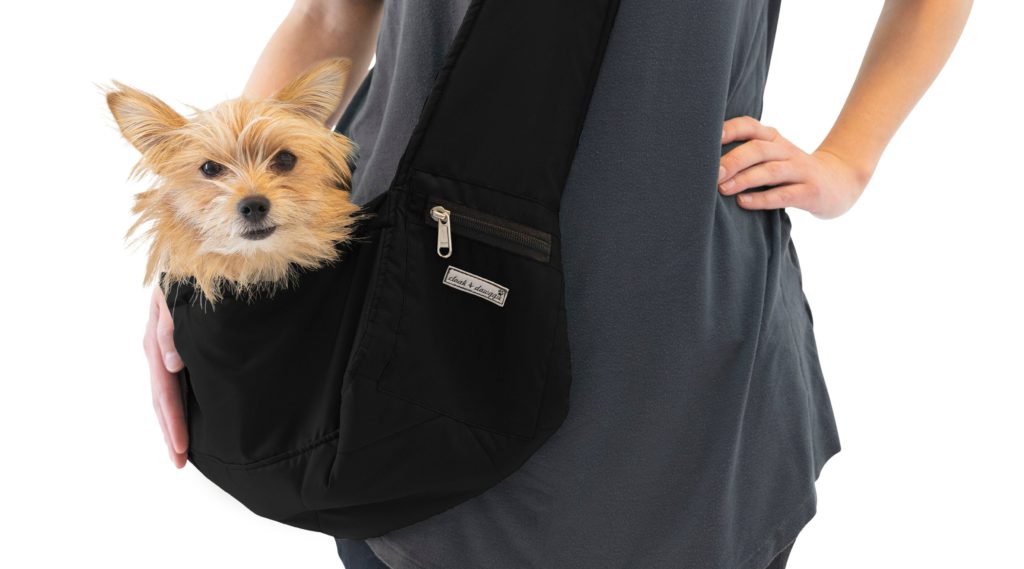
Pet accessories sometimes solve problems pet owners don’t actually have. Dog slings appeared in the market as fabric carriers designed for dogs capable of walking independently. Getting dogs into these slings proved awkward for both pets and owners. Most canines showed visible signs of distress when suspended in the fabric pouches, contrary to marketing claims about comfort. If you’ve ever tried to get an unwilling dog into a costume, imagine that same struggle but with the added challenge of suspending them against gravity. The slings attempted to solve pet mobility issues but instead created a new problem: how to convince your perfectly mobile pet to accept being carried unnaturally.
07. Natural Peanut Butter Mixer (Drill Attachment)
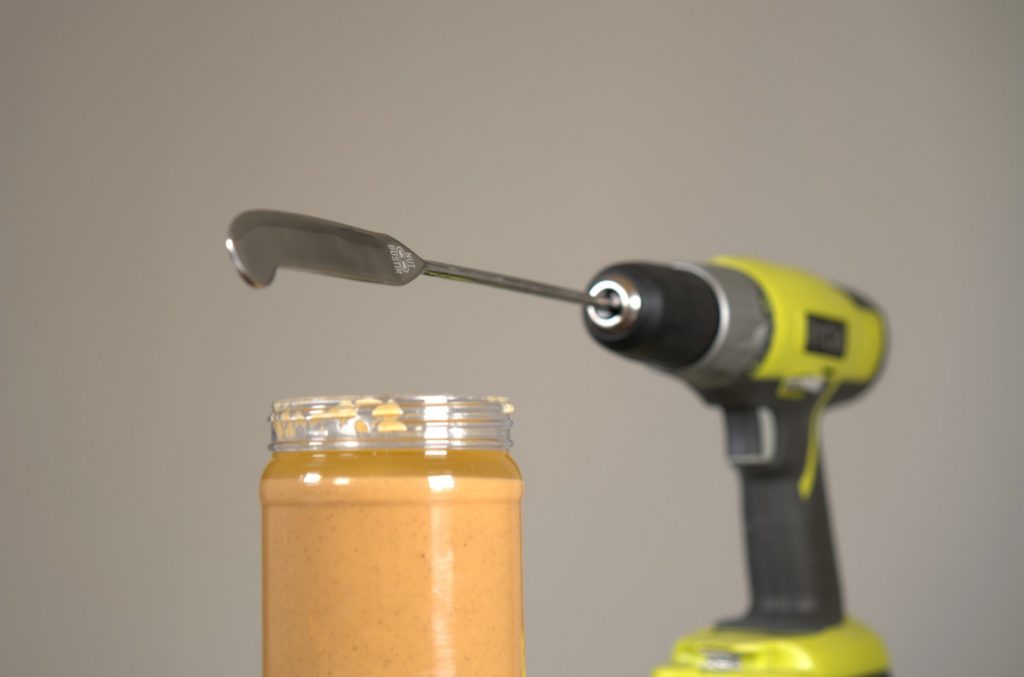
Food preparation rarely benefits from power tools, as demonstrated by the Natural Peanut Butter Mixer drill attachment. This device aimed to solve oil separation in natural nut butters through mechanical force. Attaching a specialized mixer to a power drill often resulted in excessive splatter and minimal control over the mixing process. Oil incorporation took approximately 15 seconds but typically created substantial cleanup work from splattered contents. Simple utensils like knives or forks consistently provided better results with less mess. What began as a solution to stirring separated peanut butter ended as a cautionary tale about the dangers of over-engineering everyday kitchen tasks.
06. Mini Rolling Vacuum: Ineffective Cleaning Innovation
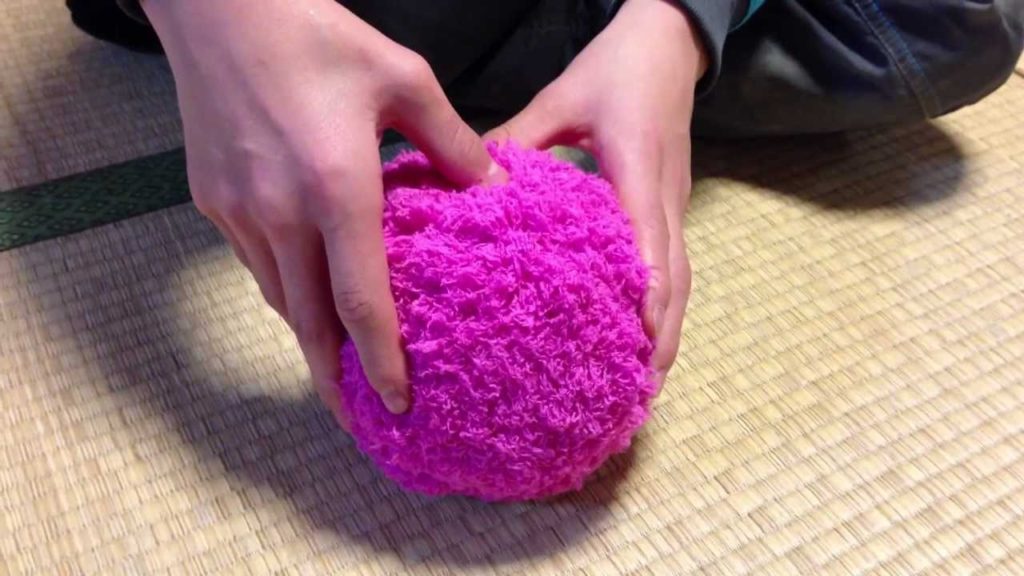
Home cleaning innovation sometimes produces more novelty than utility. The Mini Rolling Vacuum Robot introduced a microfiber ball design claimed to collect dust autonomously. The ball’s random movement pattern lacked systematic coverage of floor surfaces. Testing revealed less than 10% dust removal efficiency compared to traditional cleaning methods. You might find it amusing that many buyers reported the device’s greatest success was as an entertaining cat toy rather than as cleaning equipment. The promise of effortless cleaning delivered nothing more than a rolling ball of microfiber that collected dust only through accidental contact.
05. BackBubble: Spinal Decompression Apparatus

Home medical devices often make substantial claims with limited evidence. The BackBubble entered the market as a ceiling-mounted spinal decompression system for home use. The apparatus required installation on ceiling joists or door frames, limiting accessibility for many users. Installation required finding structural support capable of bearing at least 300 pounds of dynamic weight. Marketing materials promised “relief in seconds” despite spinal therapy typically requiring consistent, long-term treatment protocols. While back pain sufferers sought legitimate relief, they instead received a complex installation project that created more tension than it relieved.
04. Scruffie Leg Shaver: Dual-Purpose Grooming Tool
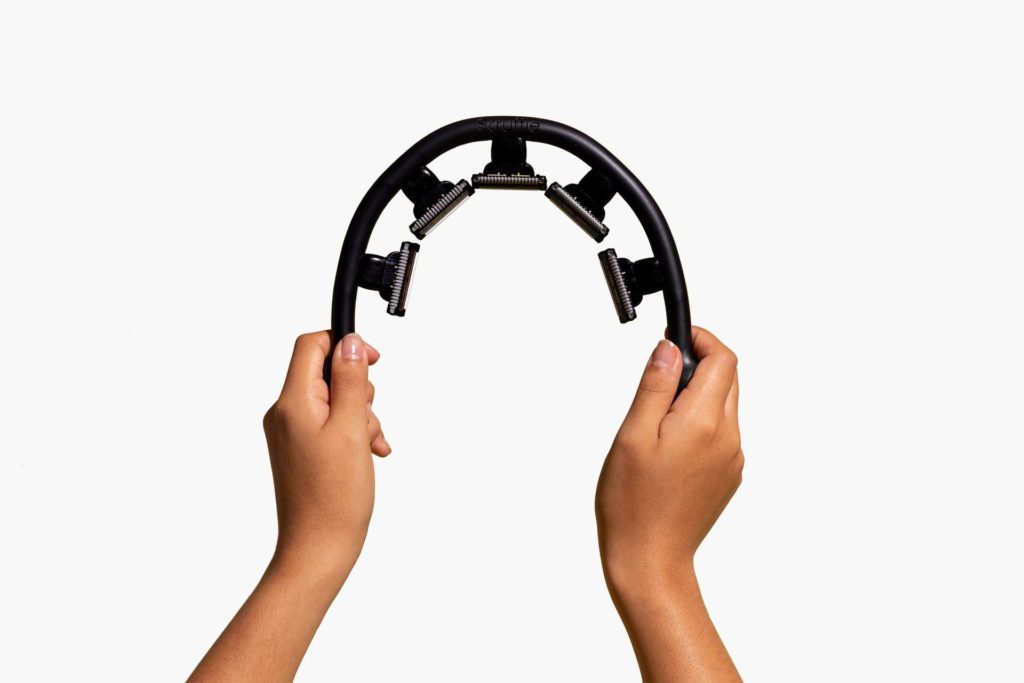
Personal grooming tools occasionally target multiple body areas with questionable effectiveness. The Scruffie Leg Shaver Neck Shaver marketed itself as a solution for both neck maintenance and leg shaving. The device required more setup time than conventional razors while delivering similar results. The plastic construction showed visible wear after 10-15 uses, raising questions about durability and value. Some users reported satisfactory results for neck trimming despite the cumbersome application process. Try to imagine explaining to guests why you have what appears to be a specialized back scratcher in your bathroom, and you’ll understand the confusion this product created while attempting to solve basic grooming needs.
03. Gigantic Isopod Plush Toy: Unconventional Textile Creation
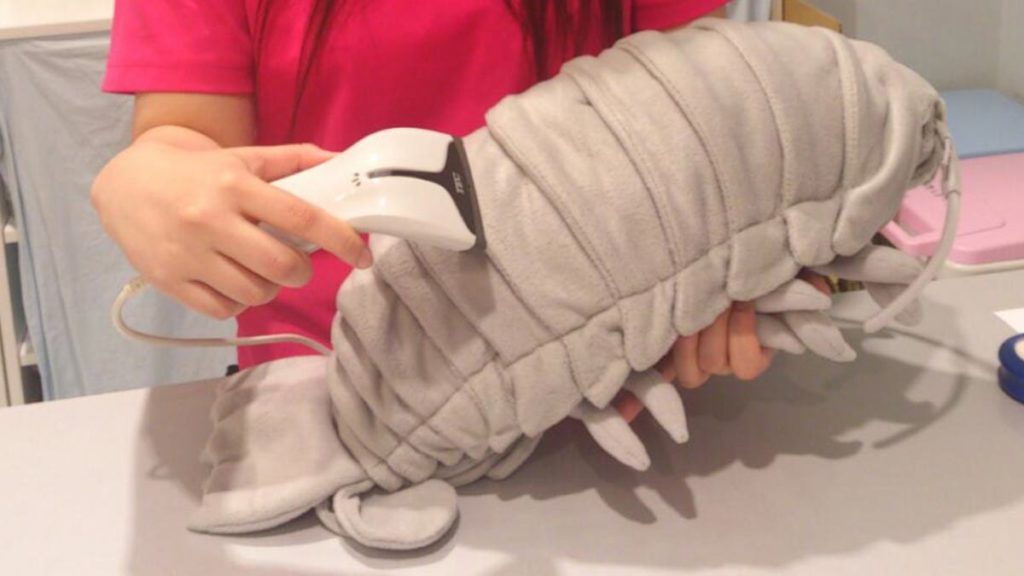
Plush toys traditionally emphasize cuddly appeal, making the Gigantic Isopod Plush a curious market entry. This stuffed recreation of a deep-sea crustacean featured anatomically accurate segmentation rather than the friendly features typical of successful plush items. The full-sized version measured 36 inches in length, creating storage challenges for most households. Consumer feedback indicated confusion about the target audience for such an unusual stuffed item. The creators solved the non-existent problem of “insufficient giant sea bug representation in home decor” while creating the new problem of explaining your unusual taste in cuddle companions. Enjoying this post? You might also want to know what the worst inventions of all time are.
02. The Brow (Lensless Sunglasses): Removing Essential Functionality
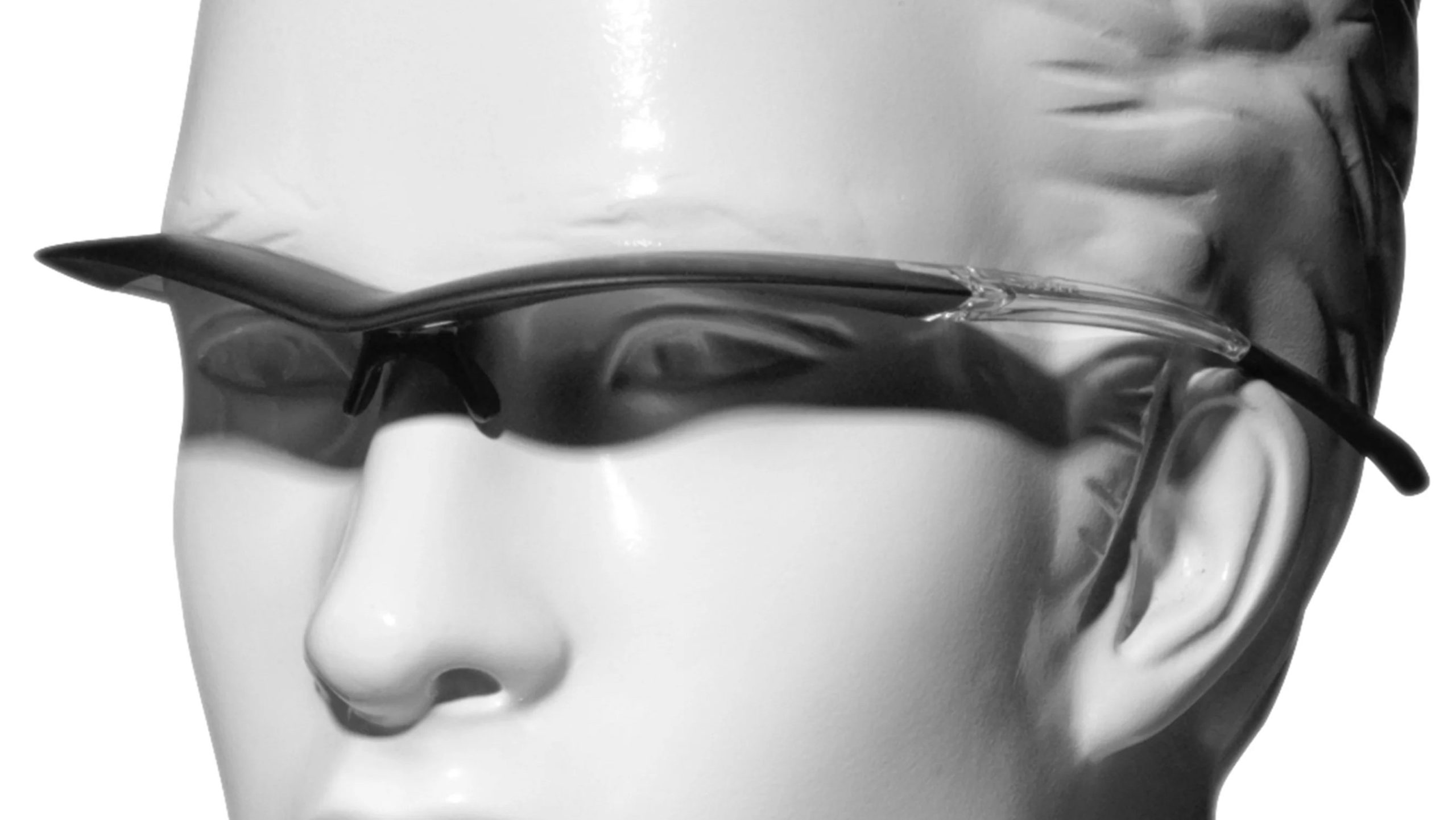
Sunglasses design occasionally takes controversial turns, as demonstrated by The Brow lensless sunglasses. These frames eliminated the fundamental element of sun protection by removing lenses entirely. The minimal shade provided by the frame alone covered a fraction of the eye area. UV protection measured at 0% compared to standard sunglasses with proper lenses. Wearers reported no meaningful reduction in brightness or glare during outdoor use. If you’re wondering who would buy sunglasses without sun protection, you’ve identified precisely why this product failed to solve the basic problem it was ostensibly designed to address.
01. HDA and Night Visor: Counterproductive Driving Accessory
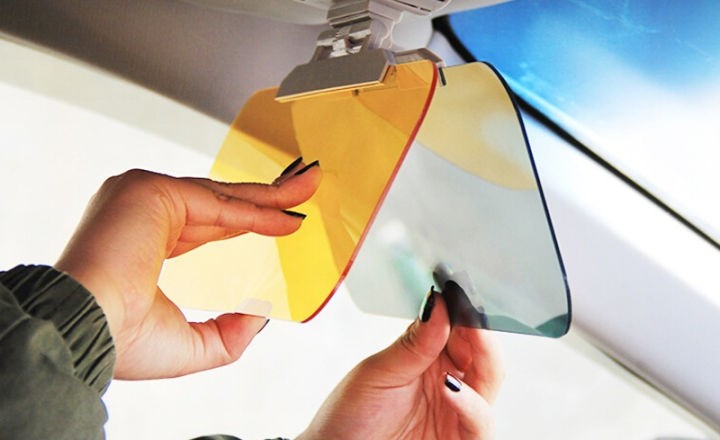
Driving safety accessories must undergo rigorous testing, which the HDA and Night Visor apparently lacked. This visor attachment featured a dual-layer system claiming to reduce both daytime glare and nighttime headlight brightness. Independent testing showed the daytime layer significantly reduced overall visibility of the road. The night layer reduced visible light by approximately 70%, creating dangerous driving conditions in low-light environments. Transportation safety experts advised against using aftermarket vision-altering devices while operating vehicles. In attempting to solve visibility challenges, this product ironically created a more serious problem: compromised vision while operating a multi-ton vehicle at high speeds.














